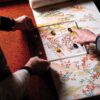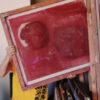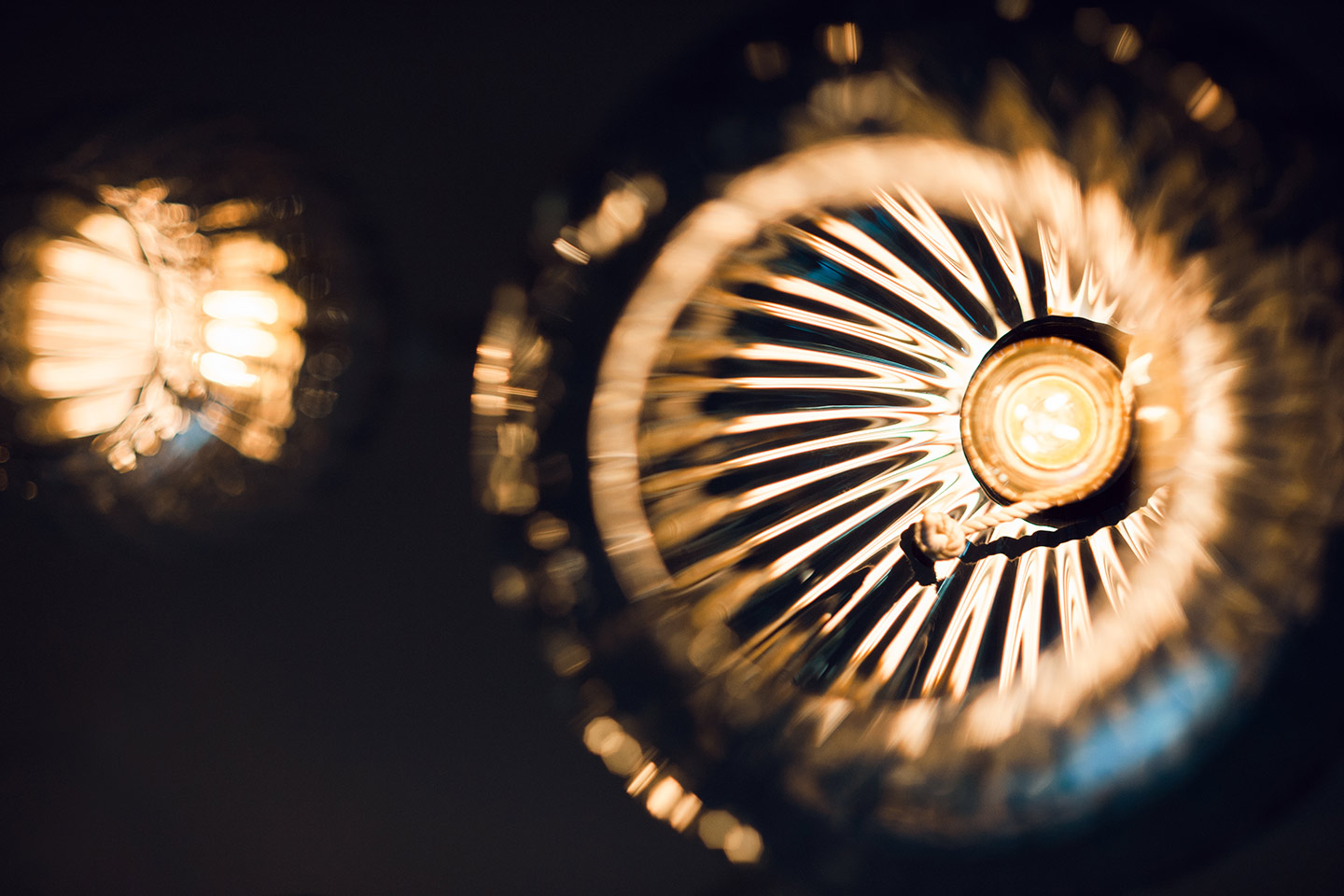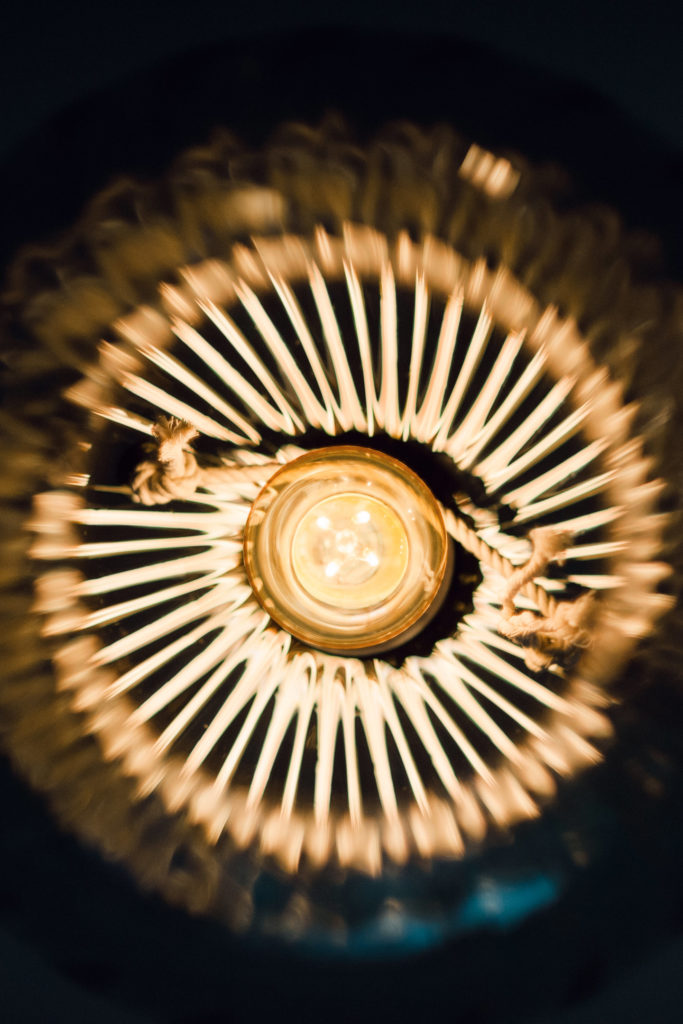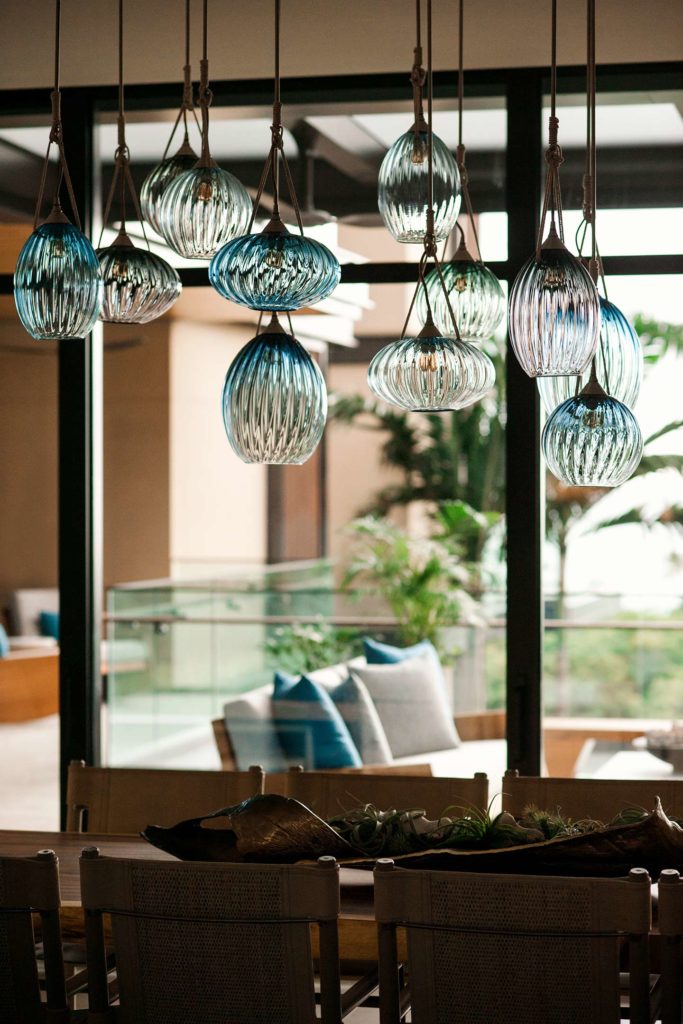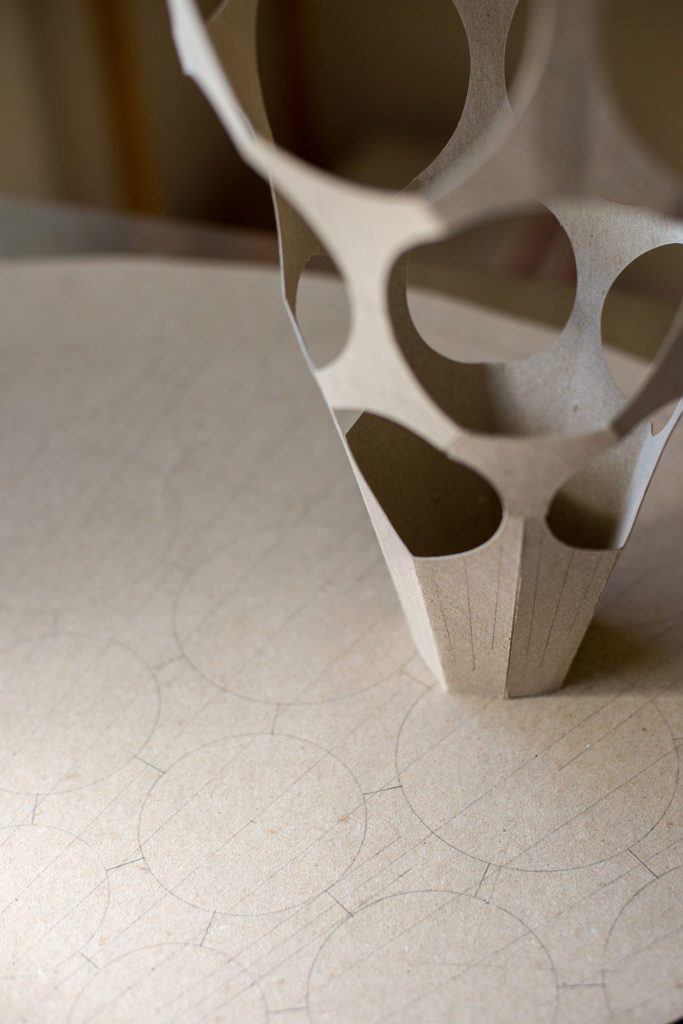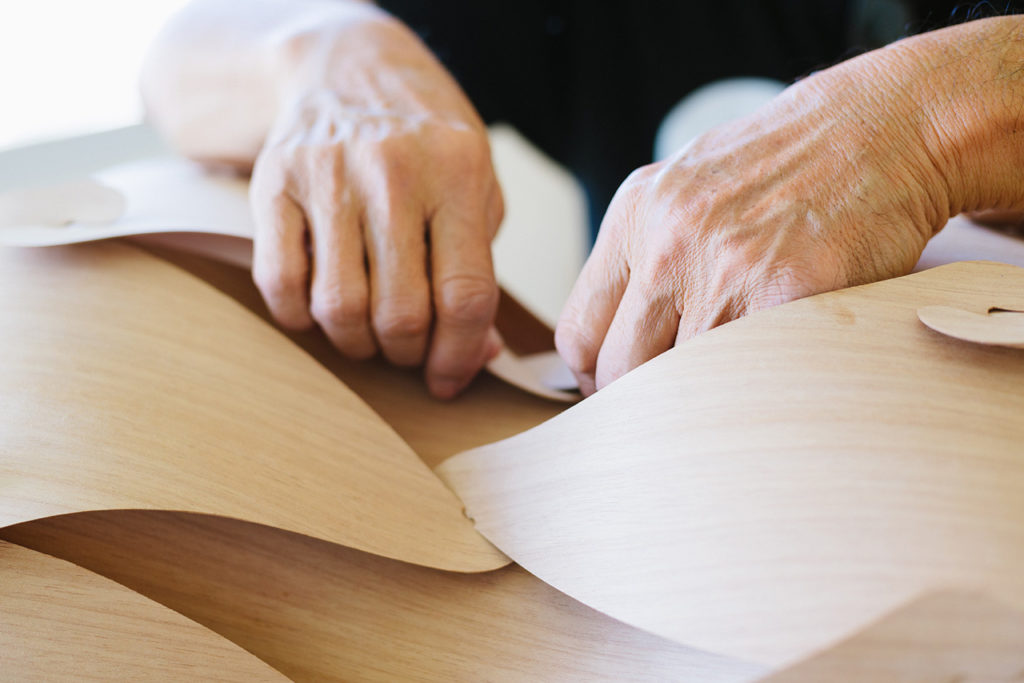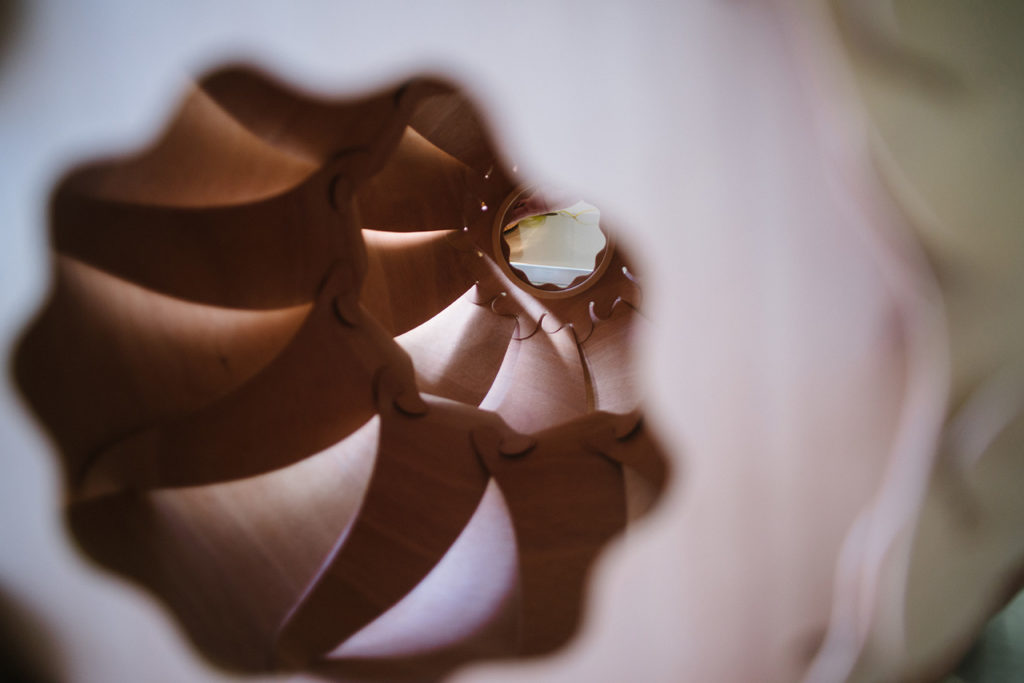Text by Timothy A. Schuler
Images by John Hook and AJ Feducia
For Christopher Yamane and Mark Chai—two designers who live in different time zones but remain inspired by their home of Hawai‘i—light is a powerful force, no matter the scale or application. And yet, in many instances in home and elsewhere, illumination is often overlooked.
“The lighting in a space should be given a lot more consideration than people often give it,” Yamane says. “It probably affects your brain the most out of any element in the space.”
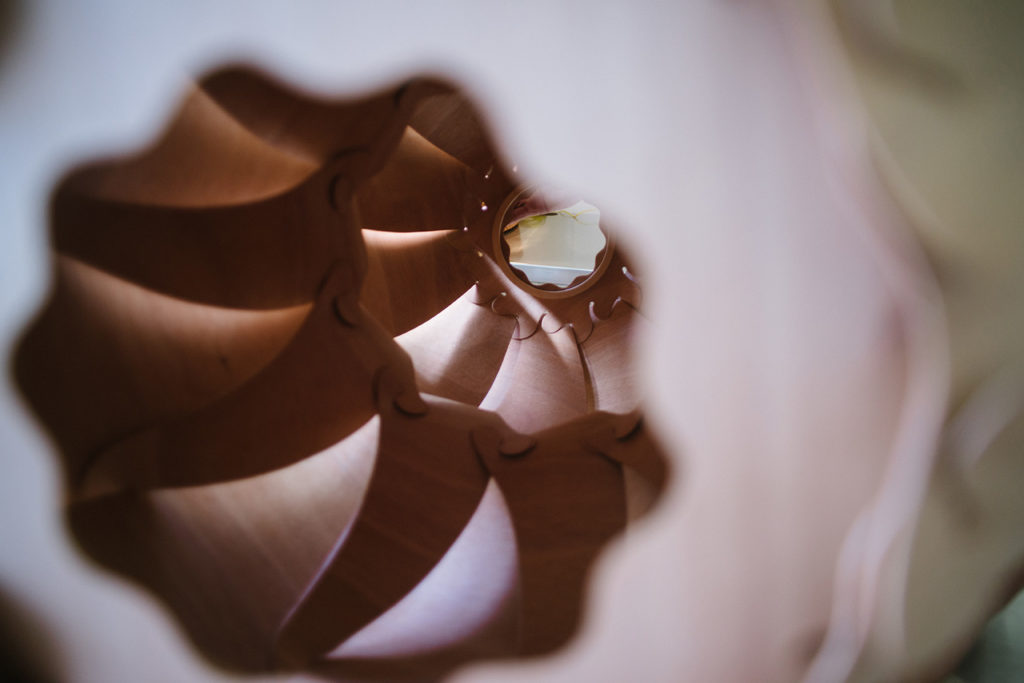
For the 28-year-old Yamane, light is an object, as malleable as molten glass. As a design principal at the Berkeley-based Super Duper Studio, Yamane works with both light and glass, crafting distinctive, often tongue-in-cheek light fixtures and other home furnishings from the material he first learned to work with as a student at Punahou School in Honolulu.
He left Hawai‘i to study art at Brown University and Rhode Island School of Design, then in 2014, founded Super Duper Studio with fellow industrial designer Matt Johnson. The duo works with all manner of materials, drawing consistently from the wells of deep space and deep geometry, but glass remains Yamane’s “first and best material.”
Recently, Yamane’s love of glass and light found a harmonious marriage in Umi, an island-inspired light fixture Super Duper Studio designed for Park Lane Ala Moana. Like air bubbles rising in the sea (umi means “ocean” in Japanese), the fixture is composed of more than a dozen green and blue glass pendant lights, each suspended from the ceiling with thin metal rods and white rope.
The piece, which is more than four feet long and centered above a long wooden table, serves as a dramatic centerpiece to Park Lane’s newest model unit. “Chris’ piece really brings together what we were trying to do throughout the space,” says Jerry Guzmán, a designer at Henderson Design Group, the interior designer for the project.
Yamane was tasked with creating a glass light fixture that was upscale and modern, but also specific to Hawai‘i. He drew inspiration from the ocean—subtly referencing fishing floats and traditional Hawaiian lashing—as well as the current culture of Honolulu, which has continued to embrace contemporary art and fashion.
The swirled pattern in the glass is created from an optic mold and is a nod to Japanese paper lanterns. Its many colors, ranging from iridescent blue to rose gold, draw on the color palette of the main living area, helping unite the space.
To counteract the tint of the glass, Yamane selected extra-warm bulbs so that the light wouldn’t feel cold. “A normal-temperature light bulb in there comes out looking too blue, and blue light messes with your sleep,” he says.
Like Umi, Mark Chai’s latest project was born out of a deep connection with Hawai‘i. The Fin Lamp, created for local apparel company Salvage Public, was inspired by the 64-year-old artist’s love of recycled materials, as well as images of surfing—specifically, one of Laird Hamilton riding a foil board.
Though Chai often works with thin wood veneer, the Fin Lamp features a lampshade made of stiff, white plastic that Chai salvaged from Queen’s Medical Center, where he has a day job as a patient transporter, wheeling patients in and out of surgery and other procedures. At his house in ‘Aiea, Chai shapes the lamp’s elegant hardwood fins and hand-cuts the plastic into the oval-shaped pieces that eventually hook onto one another, like the clasps of a Chinese takeout container. Each lamp balances delicately on its base, cantilevered off a wooden surfboard fin, a luminous white shade bent into the rough shape of a surfboard.
For Chai, light is a way to give his art a function. He made his first lamp in college, in response to an assignment to create a functional piece of sculpture. Now, Chai’s pendant lamps can be found at hotels and restaurants throughout Honolulu, and were recently included in the Honolulu Museum of Art’s Hawai‘i in Design exhibition.
Flexibility, adjustability, and accessibility are key elements for great lighting. Here are a few tips for ensuring your living space has a warm and atmospheric glow.
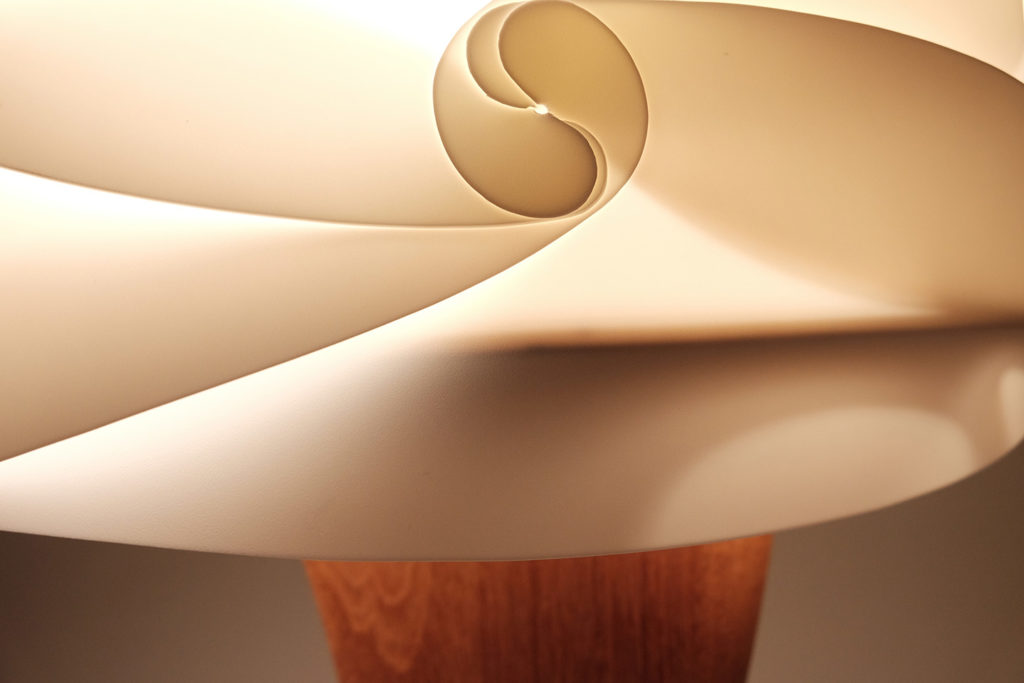
In the spring, Chai will take his work outside of the islands for the first time to the New York Botanical Garden for the retrospective Georgia O’Keeffe: Visions of Hawai‘i. Near a pavilion inspired by a traditional Hawaiian hale, Chai will install a roughly 12-foot-tall sculpture inspired by O’Keeffe’s 1939 painting of a heliconia flower, whose thick red bracts curl like lobster claws (the flower’s common name).
The work will replace one of Dale Chihuly’s multivalent glass sculptures. Like much of Chai’s work, the installation will be the product of intense care and craftsmanship, every element inspired by O’Keeffe’s time in Hawai‘i but also tailored to its setting in New York. It’s his largest work to date. “It’s daunting,” he says, smiling. “Daunting and exciting.”
How to Keep It Light
By Henderson Design Group
Set the mood
Ambient lighting is best when controlled by degrees or amounts of light required for varying functions. Turn on all the lights as bright as possible for cleaning or preparation; use medium to low light for entertaining or dining; and feature the lowest light for a quiet or romantic evening.
Accessibility is essential
Set up lighting for game tables, kitchen counters, work surfaces, and any space designed for reading. Make sure the lights are at hand and adjustable whenever possible.
Find your accent
Use accent lighting for artwork, millwork, and bookshelves. This helps to brighten dark corners and make things more interesting. We love lighting under floating cabinets.
Always “switch” it up
Generously employ dimmer switches, especially in bathrooms. No one wants bright lights in the middle of the night or while soaking in a tub.


